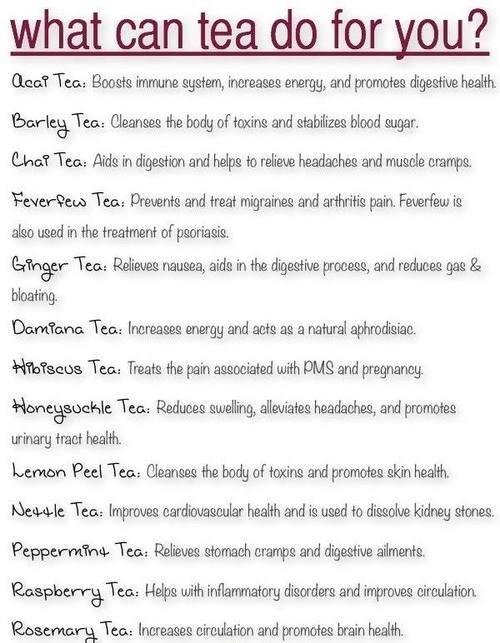What helps relieve headaches. Effective Headache Relief: Comprehensive Guide to Treatment Options and Remedies
What are the most effective treatments for different types of headaches. How can lifestyle changes help prevent headaches. Which medications work best for migraines and tension headaches. What alternative therapies show promise for headache relief. How to identify and avoid common headache triggers.
Understanding Different Types of Headaches and Their Treatments
Headaches can significantly impact daily life, but various treatment options exist depending on the type and severity. Let’s explore the most common headache types and their recommended treatments:
Tension Headaches
Tension headaches are the most common type, characterized by a dull, aching sensation often described as a tight band around the head. How are tension headaches typically treated?
- Over-the-counter pain relievers such as acetaminophen, aspirin, ibuprofen, or naproxen
- Stress management techniques
- Improving posture and ergonomics
- Regular exercise
It’s crucial to use these medications judiciously, as overuse can lead to rebound headaches. If you find yourself relying on pain relievers frequently, consult your healthcare provider for alternative strategies.

Migraine Headaches
Migraines are intense, often debilitating headaches that can last for hours or even days. What are the primary treatment options for migraines?
- Triptans: These medications, including sumatriptan and rizatriptan, are specifically designed to treat migraines.
- Ergotamines: Drugs like dihydroergotamine can be effective, especially for longer-lasting migraines.
- NSAIDs: Aspirin and other non-steroidal anti-inflammatory drugs may help if taken at the first sign of a migraine.
- Newer treatments: Ditans (like lasmiditan) and gepants (such as rimegepant and ubrogepant) offer alternatives for those who don’t respond well to other medications.
For individuals experiencing frequent or severe migraines, preventive treatments may be recommended. These can include blood pressure medications, antidepressants, anti-seizure drugs, and CGRP inhibitors.
Cluster Headaches
Cluster headaches are extremely painful and occur in cyclical patterns. How are these intense headaches managed?

- Oxygen therapy: Inhaling pure oxygen can provide rapid relief for many sufferers.
- Triptans: Medications like sumatriptan, often administered as injections for faster action.
- Local anesthetics: Lidocaine nasal sprays may offer relief for some individuals.
- Preventive medications: Calcium channel blockers or short courses of corticosteroids can help manage cluster periods.
Innovative Devices for Headache Prevention and Relief
Recent years have seen the development of several FDA-approved devices designed to prevent or alleviate headaches, particularly migraines. How do these devices work?
Cefaly
This headband-like device uses electrical neurostimulation to target the trigeminal nerve, often implicated in migraines. By delivering mild electrical pulses, Cefaly aims to reduce the frequency and intensity of migraine attacks.
SpringTMS/eNeura sTMS
These devices utilize single-pulse transcranial magnetic stimulation to disrupt the abnormal brain activity associated with migraines. Users apply the device to the back of the head at the onset of migraine symptoms.
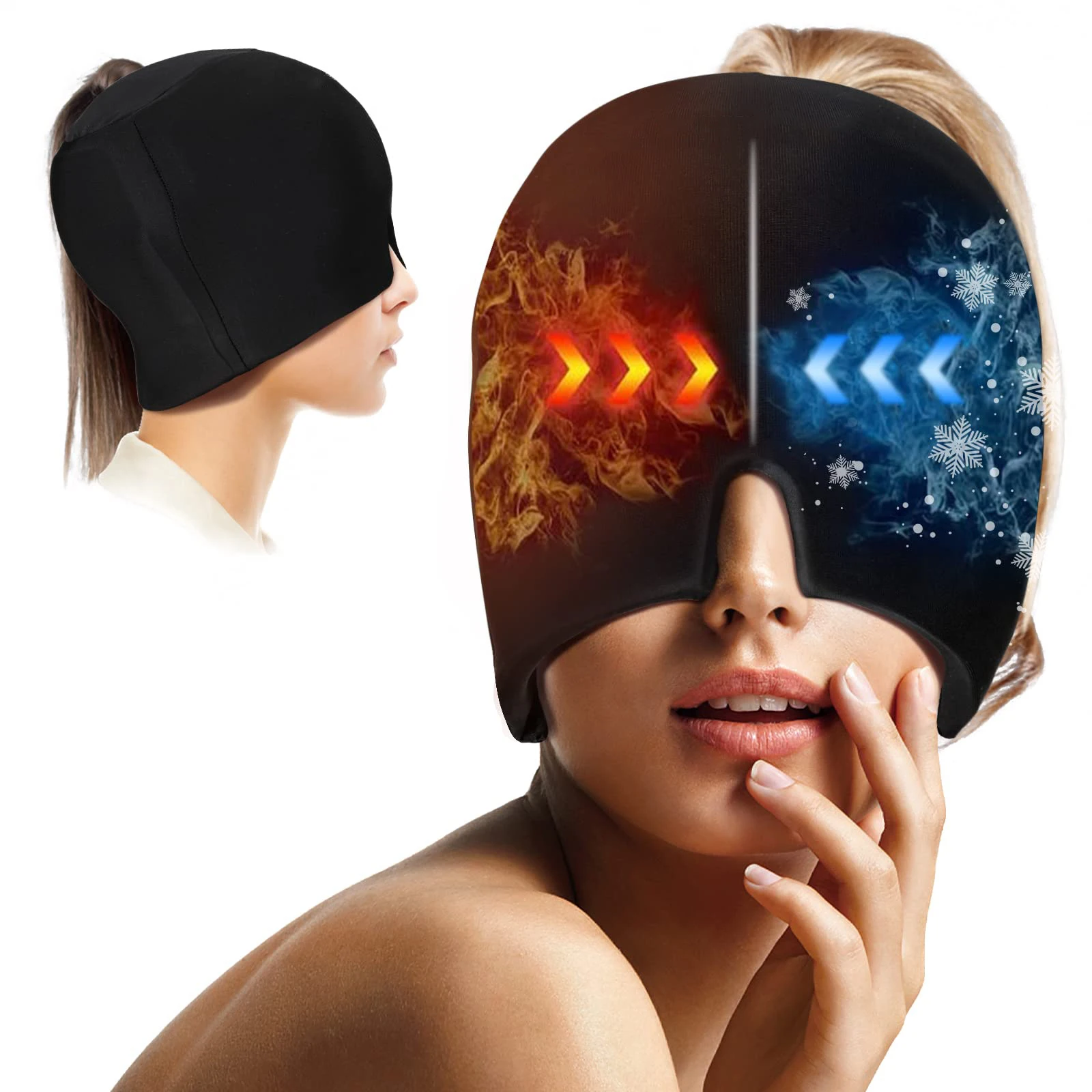
gammaCore
Also known as a non-invasive vagus nerve stimulator (nVS), this handheld device stimulates the vagus nerve in the neck to alleviate headache pain. It’s designed for both acute treatment and prevention of cluster headaches and migraines.
Lifestyle Modifications and Trigger Avoidance
While medications and devices play crucial roles in headache management, lifestyle changes can significantly impact headache frequency and severity. How can you modify your lifestyle to reduce headaches?
- Identify and avoid triggers: Common triggers include certain foods, caffeine, alcohol, and environmental factors like bright lights or strong odors.
- Maintain a consistent sleep schedule: Both too little and too much sleep can trigger headaches.
- Stay hydrated: Dehydration is a common headache trigger.
- Manage stress: Practice relaxation techniques, meditation, or yoga.
- Exercise regularly: Moderate, consistent exercise can help reduce the frequency of headaches.
- Improve posture: Poor posture, especially during desk work, can contribute to tension headaches.
Keeping a headache diary can help you identify patterns and triggers specific to your situation, allowing for more targeted prevention strategies.
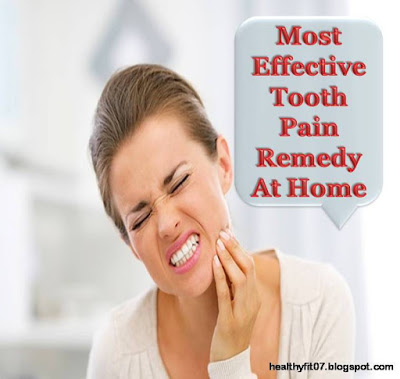
Natural Remedies and Alternative Therapies for Headache Relief
Many individuals seek natural or alternative approaches to headache management, either as complementary treatments or as alternatives to medication. What are some promising natural remedies for headaches?
Herbal Supplements
- Feverfew: This herb has shown potential in reducing migraine frequency.
- Butterbur: Some studies suggest it may help prevent migraines.
- Ginger: Known for its anti-inflammatory properties, ginger may help alleviate headache pain.
It’s important to consult with a healthcare provider before starting any herbal supplement regimen, as these can interact with medications or have side effects.
Acupuncture
This traditional Chinese medicine technique involves inserting thin needles into specific points on the body. Some studies suggest acupuncture may help reduce the frequency and intensity of headaches, particularly tension-type headaches and migraines.
Biofeedback
Biofeedback techniques help individuals learn to control certain bodily processes that might be contributing to headaches. By providing real-time feedback on physiological functions like muscle tension, heart rate, and skin temperature, biofeedback can help people develop strategies to manage stress and reduce headache occurrence.
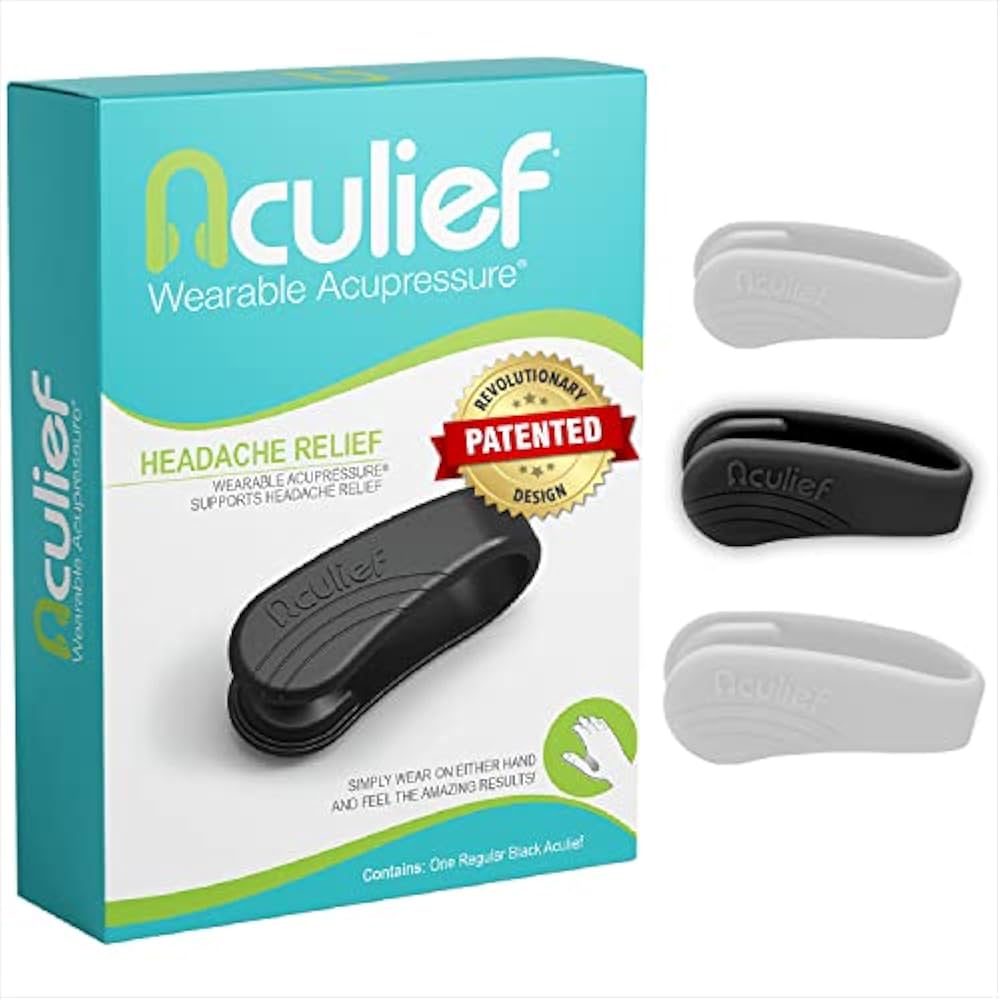
Essential Oils
Some people find relief from headaches by using essential oils such as peppermint, lavender, or eucalyptus. These can be applied diluted to the temples or inhaled through aromatherapy. While scientific evidence is limited, many individuals report subjective benefits from these natural remedies.
The Role of Diet in Headache Management
Dietary factors can play a significant role in headache occurrence, particularly for individuals with migraines. How can adjusting your diet help manage headaches?
Identifying Food Triggers
Common food triggers for headaches include:
- Aged cheeses
- Processed meats containing nitrates
- Chocolate
- Artificial sweeteners
- Alcohol, especially red wine
- Foods containing MSG
Keeping a food diary alongside your headache journal can help identify personal triggers.
Maintaining Regular Meal Times
Skipping meals or fasting can trigger headaches in some individuals. Eating regular, balanced meals can help stabilize blood sugar levels and potentially reduce headache frequency.
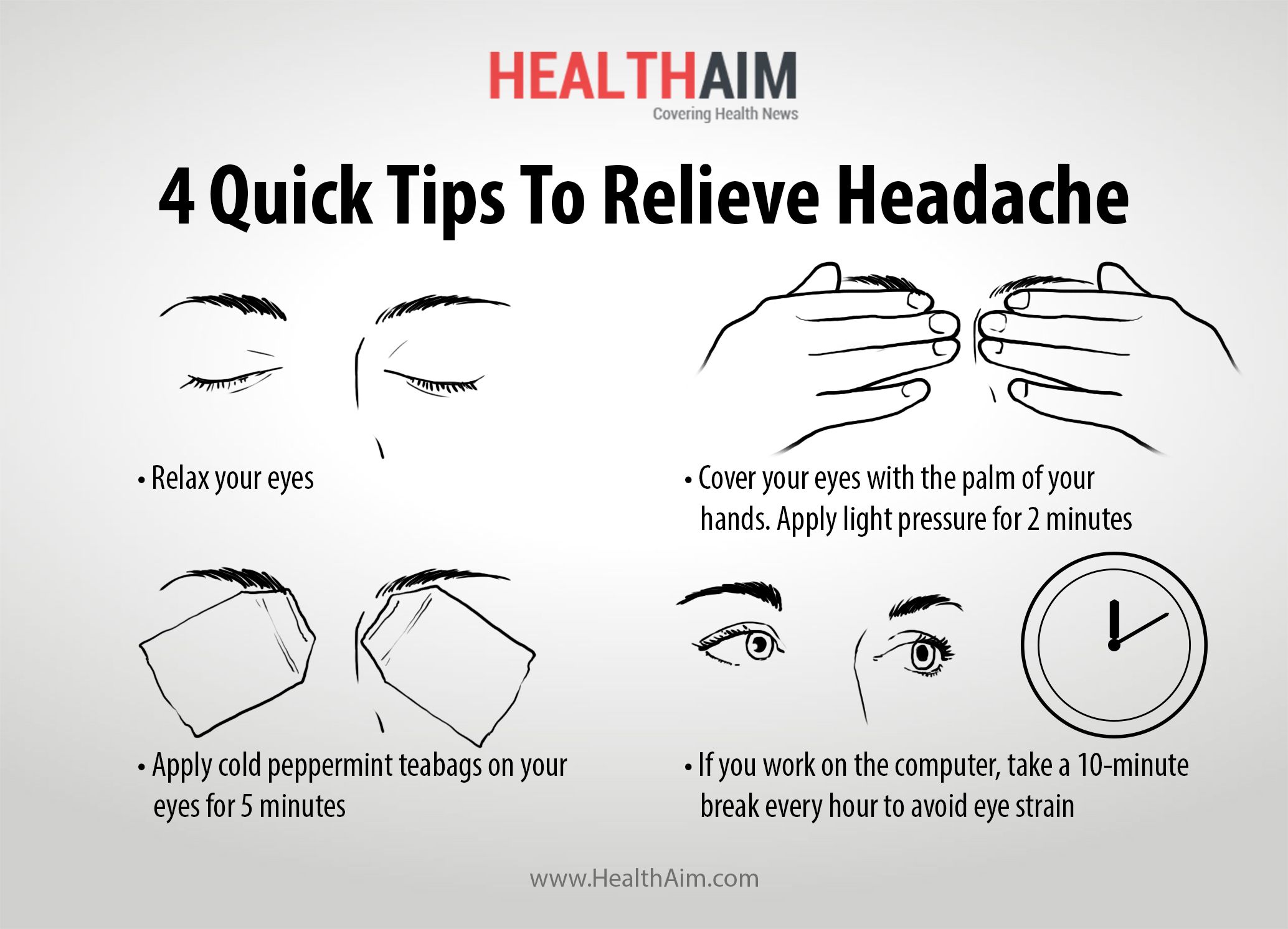
Hydration
Dehydration is a common headache trigger. Ensuring adequate fluid intake throughout the day can help prevent headaches. While water is the best choice, herbal teas and clear broths can also contribute to hydration.
When to Seek Medical Attention for Headaches
While most headaches are not cause for alarm, certain symptoms warrant immediate medical attention. When should you consult a healthcare provider about your headaches?
- Sudden, severe headache often described as the “worst headache of your life”
- Headache accompanied by fever, stiff neck, confusion, or neurological symptoms like vision changes or weakness
- Headaches that worsen over time or change in pattern
- New onset of headaches after age 50
- Headaches following head trauma
- Chronic daily headaches that significantly impact quality of life
These symptoms could indicate more serious underlying conditions and require prompt evaluation by a medical professional.
Emerging Research and Future Directions in Headache Treatment
The field of headache research is constantly evolving, with new treatments and approaches on the horizon. What are some promising areas of research in headache management?
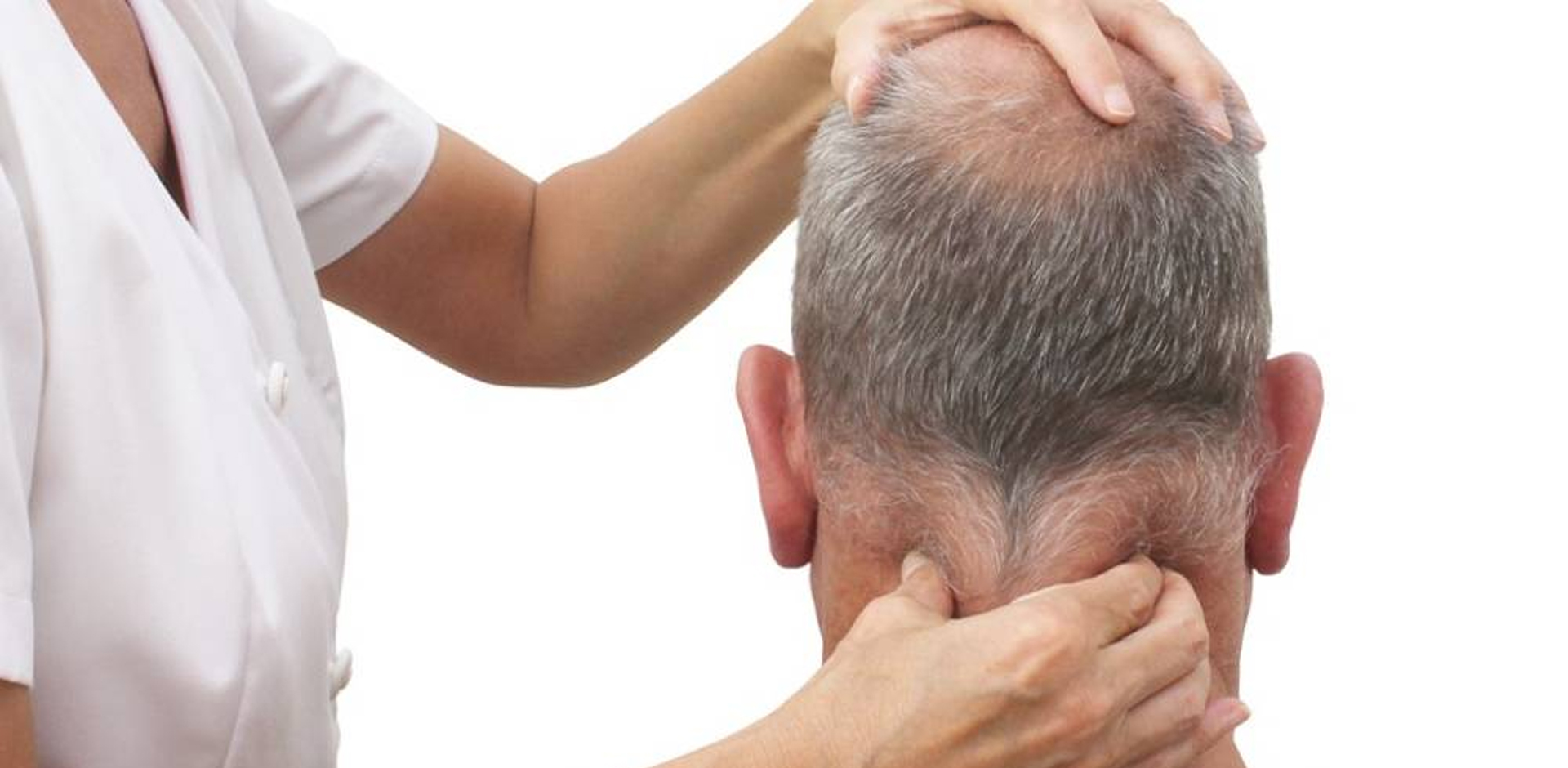
CGRP Antagonists
The development of calcitonin gene-related peptide (CGRP) antagonists has been a significant breakthrough in migraine treatment. These drugs target the CGRP pathway, which is believed to play a crucial role in migraine pathophysiology. Ongoing research is exploring new delivery methods and applications for these medications.
Neuromodulation Techniques
Building on the success of devices like Cefaly and SpringTMS, researchers are investigating new neuromodulation approaches to treat and prevent headaches. These may include more targeted stimulation techniques or implantable devices for severe, treatment-resistant cases.
Personalized Medicine
Advances in genetic research and biomarker identification may lead to more personalized treatment approaches for headache sufferers. This could allow healthcare providers to tailor treatments based on an individual’s genetic profile or specific biomarkers, potentially improving efficacy and reducing side effects.
Mind-Body Interventions
Researchers are increasingly interested in the role of mind-body interventions in headache management. Studies are exploring the potential benefits of mindfulness meditation, cognitive-behavioral therapy, and other psychological approaches in reducing headache frequency and improving quality of life for headache sufferers.
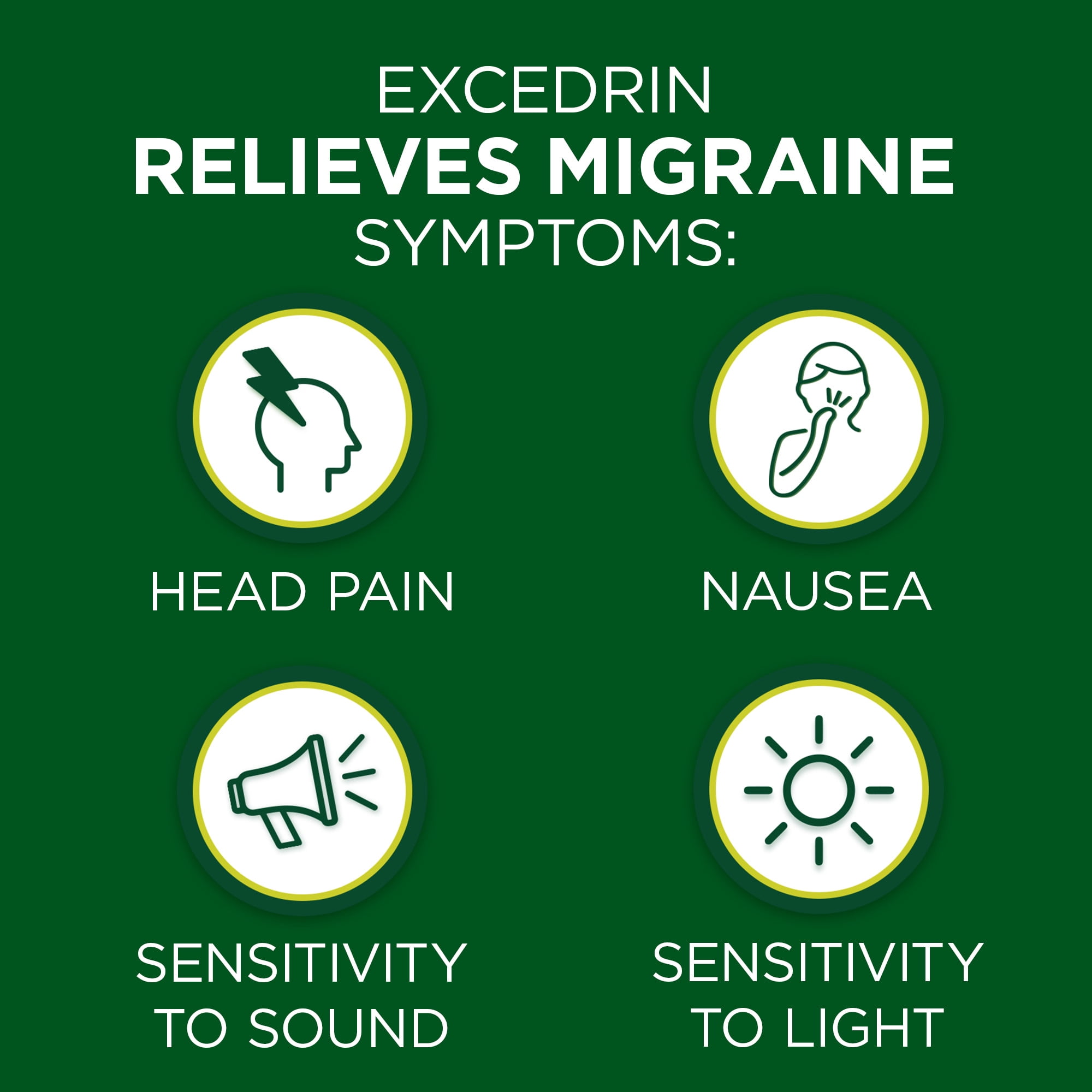
As research progresses, individuals suffering from headaches can look forward to more targeted, effective treatment options. However, it’s important to remember that current treatments can be highly effective when used appropriately and in consultation with healthcare providers.
Managing headaches often requires a multifaceted approach, combining medication, lifestyle modifications, and sometimes alternative therapies. By working closely with healthcare providers and staying informed about treatment options, individuals can develop effective strategies to minimize the impact of headaches on their daily lives.
Headache Treatment Options and Remedies
Written by WebMD Editorial Contributors
Medically Reviewed by Murtaza Cassoobhoy, MD on February 13, 2023
- Medications for Headaches
- Avoid Headache Triggers
- Home Remedies
- Alternative Therapies
When it comes to headache remedies, medications and and some devices can help prevent headaches from starting, but they aren’t the only options. Changing your lifestyle to control stress or avoid triggers may work well, too. These tactics may even prevent you from getting headaches. What works for one person may not work for another, so talk to your doctor to figure out the best remedy for you.
Different types of medicine treat different types of headaches.
- Tension headaches: Pain relievers like acetaminophen (Anacin, Panadol, Tylenol), aspirin, ibuprofen (Advil, Motrin), or naproxen (Aleve, Anaprox, Naprosyn) usually help. But be careful.
 Taking too many of these pills can cause hard-to-treat rebound headaches. If you need to take these drugs often, see your doctor. Don’t give aspirin to anyone under age 19 — it raises their chance of having a serious condition called Reye’s syndrome.
Taking too many of these pills can cause hard-to-treat rebound headaches. If you need to take these drugs often, see your doctor. Don’t give aspirin to anyone under age 19 — it raises their chance of having a serious condition called Reye’s syndrome. Migraine headaches: One class of drug, called triptans, is the mainstay of migraine treatment. They include eletriptan (Relpax), naratriptan (Amerge), rizatriptan (Maxalt), sumatriptan (Alsuma, Imitrex , Sumavel, Onzetra Xsail,Tosymra, Zembrace), zolmitriptan (Zomig), and others. You can take them as pills, shots, or nasal spray. A form of ergotamine, called dihydroergotamine (DHE), also treats migraine headaches. You can get it as a shot or as a nasal spray. Aspirin and other nonsteroidal anti-inflammatory drugs (NSAIDs) also can help if you take them at the first sign of a migraine attack. Do not give aspirin to anyone under 19, though, because it can raise the risk for a serious condition called Reye’s syndrome.
 NSAIDs also include ibuprofen and naproxen. Ditans and gepants are treatments for migraines that can be used if the existing treatments are not helping or are not safe because of different health issues. Lasmiditan (Reyvow) is a ditan which is now available to treat migraine pain. Rimegepant (Nurtec) and ubrogepant (Ubrelvy) are CGRP antagonists or gepants that are approved to treat migraines once they have started. Zavegepant (Zavzpret) is a CGRP antagonist in the form of a nasal spray for fast-acting relief from migraine symptoms.
NSAIDs also include ibuprofen and naproxen. Ditans and gepants are treatments for migraines that can be used if the existing treatments are not helping or are not safe because of different health issues. Lasmiditan (Reyvow) is a ditan which is now available to treat migraine pain. Rimegepant (Nurtec) and ubrogepant (Ubrelvy) are CGRP antagonists or gepants that are approved to treat migraines once they have started. Zavegepant (Zavzpret) is a CGRP antagonist in the form of a nasal spray for fast-acting relief from migraine symptoms.If you have four or more severe, prolonged migraine headache days each month, your doctor may suggest you try medicine and other things to prevent your attacks. These could include:
- Blood pressure drugs like metoprolol (Lopressor, Toprol XL), propranolol (Inderal, Inderal LA, Inderal XL, InnoPran XL), verapamil (Calan SR, Isoptin SR, Verelan), and others
- Antidepressants
- Anti-seizure drugs like topiramate (Qudexy XR, Topamax Topamax Sprinkle, Trokendi XR) or valproate (Depakote, Depakene, Stavzor)
- Calcitonin gene-related peptide (CGRP) inhibitors like atogepant (Qulipta), eptinezumab (Vyepti), erenumab (Aimovig), fremanezumab (Ajovy), galcanezumab-gnlm (Emgality), and rimegepant (Nurtec)
- Muscle relaxants
- Relaxation and biofeedback techniques
- Avoiding foods that trigger your migraines
Devices to prevent migraines include:
- Cefaly: This small headband device sends electrical pulses through your forehead to stimulate a nerve linked with migraines
- SpringTMS or eNeura sTMS: This device gives off a magnetic pulse that stimulates part of your brain.
 You hold it against the back of your head at the first sign of a headache.
You hold it against the back of your head at the first sign of a headache. - gammaCore: This hand-held portable device is also known as a noninvasive vagus nerve stimulator (nVS). When you place it over the vagus nerve in your neck, it sends a mild electrical stimulation to the nerve’s fibers to relieve pain.
- Cluster headaches: Simple pain relievers do little for these, because they don’t work fast enough. But doctors have found that inhaling high doses of pure oxygen can bring relief. Pain medicine such as lidocaine that goes inside the nose helps some people. Triptans such as almotriptan (Axert), eletriptan (Relpax), frovatriptan (Frova), naratriptan (Amerge), rizatriptan (Maxalt), sumatriptan (Alsuma, Imitrex, Onzetra Xsail, Sumavel DosePro, Zembrace SymTouch), zolmitriptan (Zomig), given as shots, also might help if you take them at the first sign of a cluster headache. Preventive medicines often work when you take them at the first sign of a new cluster of headaches.
 Choices include the blood pressure medicine verapamil (Calan, Covera HS and Verelan) or a short course of a steroid like prednisone.
Choices include the blood pressure medicine verapamil (Calan, Covera HS and Verelan) or a short course of a steroid like prednisone. - Sinus headaches: Decongestants and antibiotics usually help if you have a bacterial infection.
If you know the things that trigger your headaches — such as certain foods, caffeine, alcohol, or noise — try to avoid them. To learn more about what brings on your attacks, keep a headache diary that includes answers to these questions:
- When did your headaches first start?
- How often do you have them?
- Do you have any symptoms before the headache starts?
- Where is the pain?
- How long does it last?
- At what time of day do the headaches happen?
- Do you seem to get them after you eat certain types of food?
- For women, at what time in your monthly cycle do they happen?
- Are the headaches triggered by something in your environment, such as smells, noise, or some kinds of weather?
- How would you describe the pain: throbbing, stabbing, blinding, or piercing, for example?
When a headache hits, try these simple things to help yourself feel better:
- Use an ice pack on your forehead, scalp, or neck.

- Take OTC meds like acetaminophen, ibuprofen, or naproxen.
- Get some caffeine.
- Go to a dark, quiet room.
Other complimentary treatments can bring you relief or even prevent attacks.
- Osteopathy. Osteopaths can use manipulation and soft tissue techniques on the head, neck, and upper back.
- Biofeedback and relaxation. Biofeedback helps you control how muscle groups react to stress. This may help prevent or relieve tension headaches.
- Acupuncture. Studies have shown that this practice of placing thin needles at specific points on the body may help relieve tension and migraine headaches.
- Mind-body medicine. Hypnosis, deep breathing, visualization, meditation, and yoga may relieve pain by helping you deal with stress. It may be especially helpful for tension headaches. Hypnosis also may lower your perception of pain.
- Cognitive behavioral therapy.
 CBT mixes meditation and relaxation with education in motivation, behavior, and how to handle emotions. With the help of a psychotherapist, you can learn to change negative thoughts and attitudes and the way you respond to stress. Those skills may help you avoid tension-type and migraine headaches.
CBT mixes meditation and relaxation with education in motivation, behavior, and how to handle emotions. With the help of a psychotherapist, you can learn to change negative thoughts and attitudes and the way you respond to stress. Those skills may help you avoid tension-type and migraine headaches. - Botulinum toxin. Best known as Botox, a treatment for wrinkles, the FDA has approved it to prevent chronic migraine headaches in adults. If you have a migraine 15 or more days per month, you can get Botox shots in your head and neck about every 3 months.
Top Picks
3 Natural Headache Remedies That Actually Work: Advanced Pain Management: Pain Management Specialists
3 Natural Headache Remedies That Actually Work: Advanced Pain Management: Pain Management Specialists
When you have a headache, you want it to stop.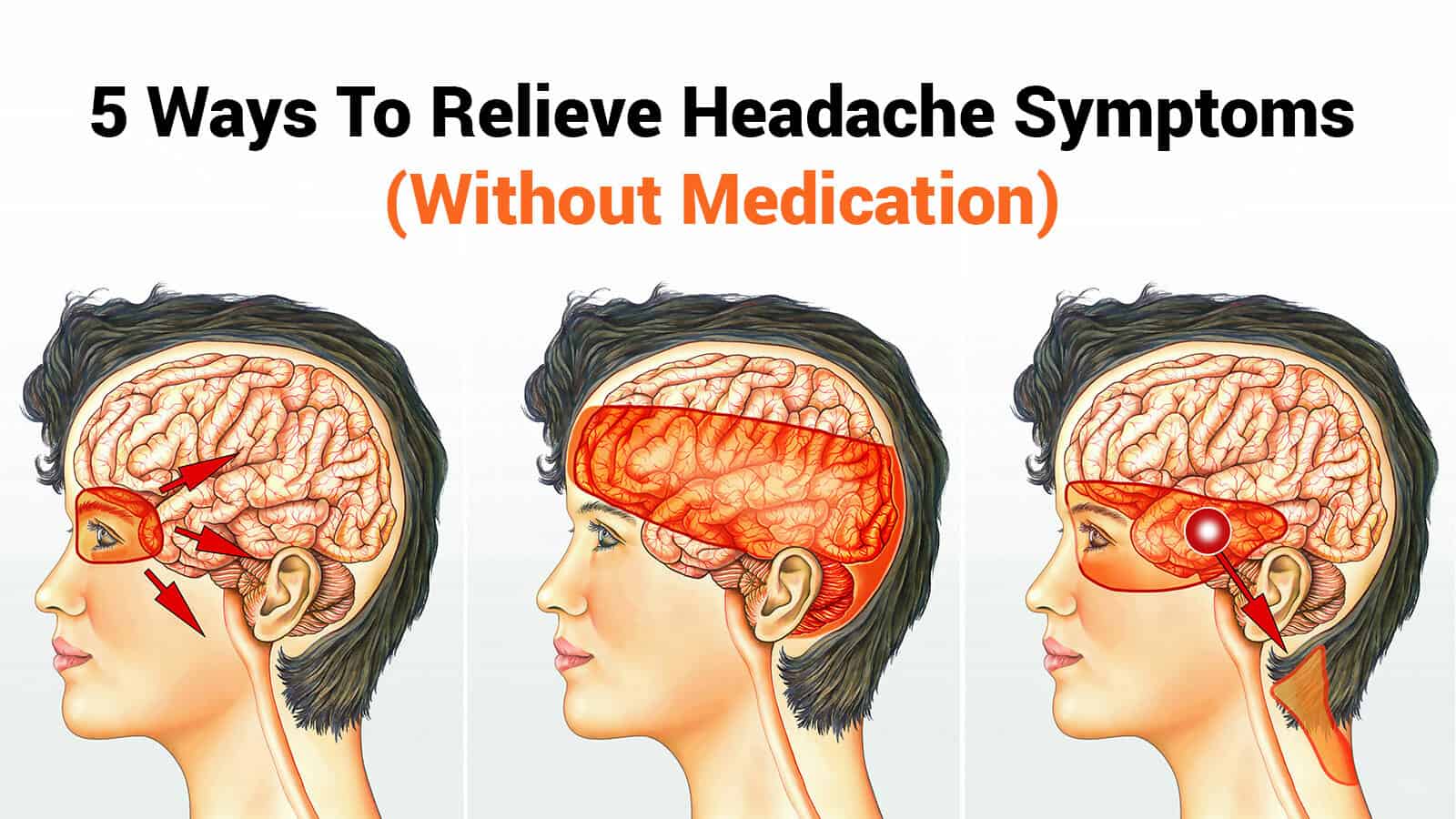 And you want it to stop now. Sure, we can treat migraines and severe headaches with a specialized treatment plan (often combining medications, therapies, and other pain-relieving measures), but if it’s late at night, or you want to reduce your medication intake, home remedies may be just what you are looking for. They are easy to do and have no harmful side effects. Of course, there are several different remedies available for headaches, and not all of them will work for everyone, but here are a few that are definitely worth a shot.
And you want it to stop now. Sure, we can treat migraines and severe headaches with a specialized treatment plan (often combining medications, therapies, and other pain-relieving measures), but if it’s late at night, or you want to reduce your medication intake, home remedies may be just what you are looking for. They are easy to do and have no harmful side effects. Of course, there are several different remedies available for headaches, and not all of them will work for everyone, but here are a few that are definitely worth a shot.
Consume Magnesium
Found in abundance in dark chocolate, dried figs, mackerel, and pumpkin seeds, magnesium may be the answer to your headache woes. Most people who experience migraines or tension headaches have low levels of magnesium present in their brains at the time. Multiple clinical studies using placebos have proven that when more magnesium is ingested, headaches decrease. And don’t worry; if you aren’t particularly fond of figs or pumpkin seeds, you can get the magnesium you need through a supplement. You should aim for 400 mg per day of either magnesium oxide or chelated magnesium.
You should aim for 400 mg per day of either magnesium oxide or chelated magnesium.
Apply Pressure
For instant headache relief, you may find success with some acupressure. Located in the center of the web between your thumb and forefinger, your Valley of Harmony pressure point can usually ease your pain in a matter of minutes. Use your dominant hand to place the pressure on your non-dominant hand. Simply press on the spot with your thumb until you feel a little bit of discomfort. This is how you know you have the correct placement. Once there, continue to hold with steady force for at least two minutes. Not only can this pressure point alleviate your headaches, it can also give you a burst of energy and reduce cold and flu symptoms.
Soak Your Feet
Stress is one of the most common causes of headaches, so it only makes sense that a little relaxation can go a long way to get rid of yours. However, a foot bath can be doubly beneficial because it also draws your blood to your feet, relieving the pressure being put on the blood vessels in your head during your headache. Make the temperature as hot as you can handle, and just lay back and let the water work its magic.
Make the temperature as hot as you can handle, and just lay back and let the water work its magic.
This blog is written for informational purposes only and should not be a substitute for actual medical treatment. Please contact the APM Augusta office to schedule an appointment if you are in need of medical care.
Anxiety in relation to chronic pain
With so many factors contributing to the onset of chronic pain, there are some that many don’t realize are the cause.
Risk factors that can lead to chronic pain
Chronic pain affects millions upon millions of people all across the world, and it doesn’t discriminate when it comes to who it will consume.
How to sleep when chronic pain won’t let you
Tossing and turning, not being comfortable, or your mind just won’t shut off can all keep you wide awake throughout the night; but for those with chronic pain, there are even more struggles with falling asleep.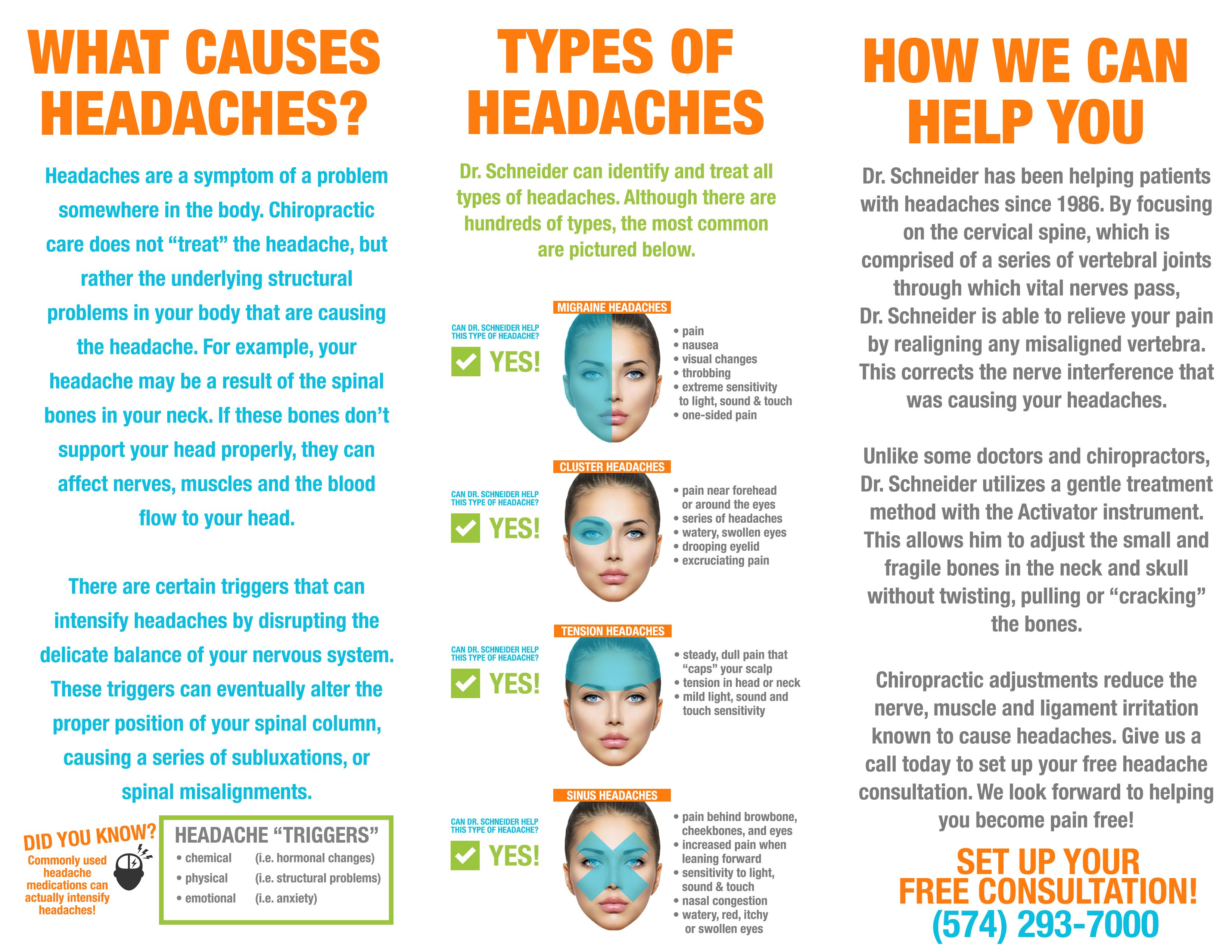
Tools to help fight your pain
Chronic Pain continues to affect millions of people in the world, with new cases reported every day. Not only can it begin to take a toll on your physical health, but it can also take over your mental well-being, and emotional stability.
What helps with headache in case of vegetovascular dystonia
Vegetovascular dystonia, as a rule, is accompanied by headaches when the weather changes or after overwork, from heat or cold. Morning headaches are usually associated with cardiovascular manifestations of dystonia. If a person with VVD wakes up suddenly, on an alarm clock, or jumps out of bed abruptly, then he risks earning a throbbing pain or heaviness in his head for the whole day. The difficulty lies in the fact that not everyone succeeds in finding a suitable medicine in these cases. Even with the same diagnosis, the causes of headache in different people can be different, and are determined by the clinical form of autonomic dysfunction.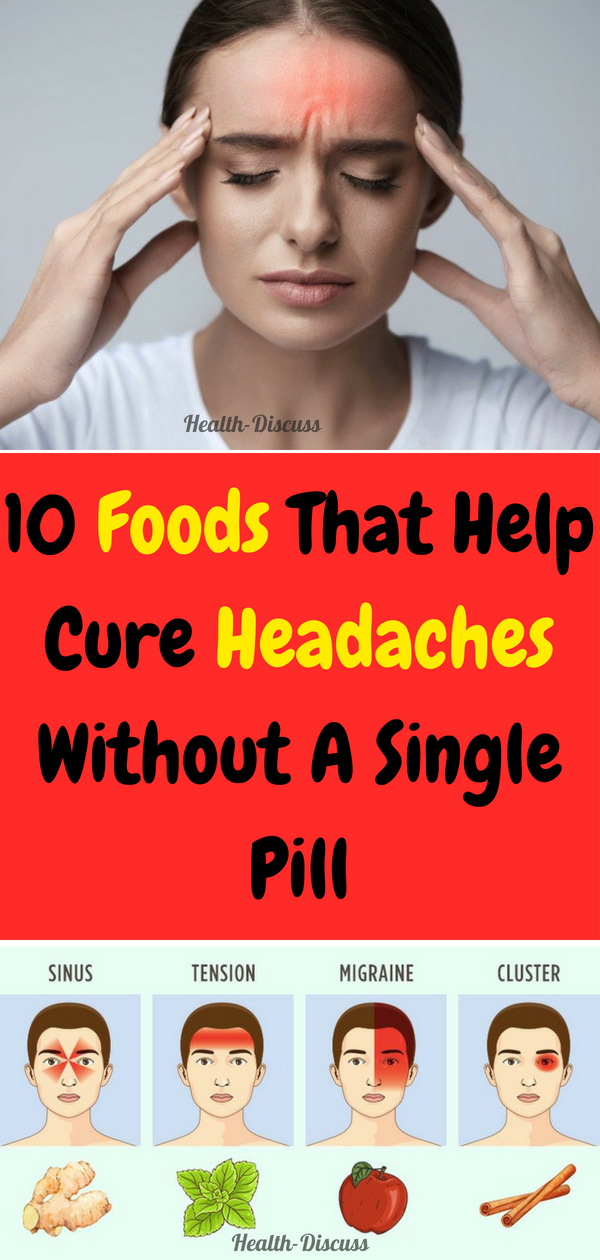 And in order to influence the symptom, you need to understand what causes it.
And in order to influence the symptom, you need to understand what causes it.
How do you treat headaches?
Most often, non-steroidal anti-inflammatory drugs are used as a cure for headaches. Simple analgin works great if your head hurts with SARS or from fatigue. Also, many people are helped by drugs that relieve spasm of smooth muscles: No-shpa, Papaverine. With tension headache, osteochondrosis of the cervical spine, these drugs are often very effective. But what about those who suffer from vegetovascular dystonia?
The usual “pills from the head” with VVD do not help well. Even if you manage to relieve the pain for a while, it will soon return again. After all, its cause – autonomic dysfunction – has not gone away. Taking an analgin tablet, you simply drown out the symptom, without affecting the disorder itself. What is the nature of your dystonia: cardiovascular, psychogenic, asthenovegetative? The next time, the pill may not work and you will look for a new, stronger, pain-relieving medicine, take it more often and in larger quantities. This is a familiar situation for many, but by doing this you are harming your health.
This is a familiar situation for many, but by doing this you are harming your health.
What will help with dystonia headache?
Attempts to get rid of the symptoms without an integrated approach to the problem of VVD are ineffective, therefore, drugs are needed that will affect the very cause of VVD. Acute pain can be drowned out by painkillers, but it is unnecessary to forget about the means that will help you forget about the attacks for a long time, the means that improve metabolism in the nervous tissue and myocardium, created from amino acids related to the body. Preparations Eltacin ® and Glycine are essential for the treatment of VVD. Applying them at the same time, you gently and naturally relieve the symptoms of vegetovascular dystonia, improving the general condition of the body.
Eltacin ® consists of glutamic acid, cystine, glycine – amino acids that are continuously synthesized in the body under normal conditions.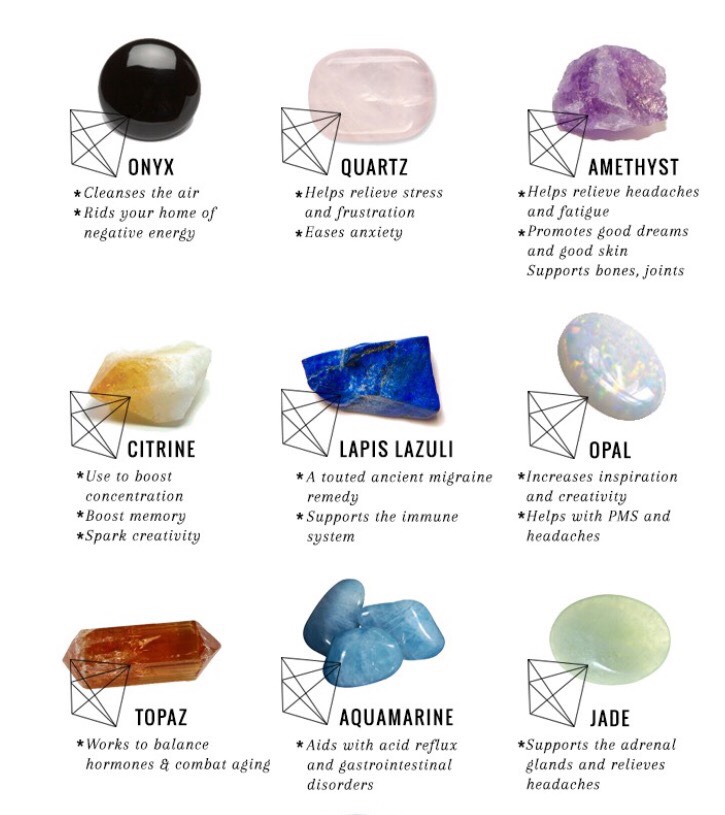 With vegetative dysfunction, this mechanism is disrupted, and the supply of amino acids from the outside can provide regeneration and oxidation processes. Glycine is the main protective amino acid for the nervous system.
With vegetative dysfunction, this mechanism is disrupted, and the supply of amino acids from the outside can provide regeneration and oxidation processes. Glycine is the main protective amino acid for the nervous system.
The intake of Glycine together with Eltacin ® is recommended in case of regular headaches with VVD, especially in conditions of chronic stress and overwork at work.
How to get rid of a headache. What helps with headaches.
Headache or cephalgia is a phenomenon that occurs in the life of almost every person. It is caused by various reasons, and often, it is the impact of negative external factors.
Often, a problem that has arisen can be easily dealt with by one’s own means [1]. Even medicines and drugs do not always need to be used. The main thing is not to harm your body.
Article content:
- 1 Causes of headaches
- 2 Relief from headaches
- 2.1 Medications
- 3 Other methods
- 3.
 1 Water
1 Water - 3.2 Cold compress
- 3.3 Relaxation techniques
- 3.4 Hot water and warm compresses
- 3.5 Massage
- 3.6 Lemon
- 3.7 Aromatherapy
- 3.8 Mint
- 3.
- 4 Rational approach
- 5 References
Causes of a headache
How to quickly relieve a headache with home remedies depends on the cause of the headache.
After all, an attack can be provoked by various factors: the external environment, the peculiarities of the daily routine, or serious pathologies.
There is no universal treatment for cephalalgia. You need to choose the right one with an eye to what kind of pain a person has, what caused it. And not always for this you need to take pills.
Common causes:
- Lack of sleep, lack of sleep for 2-3 days or longer, has an extremely negative effect.
- Stressful situations. At home, at work, in everyday life.
- Chronic physical or emotional fatigue.

- Increased blood pressure (hypertension) or vice versa – hypotension, low blood pressure.
- Poisoning, intoxication with chemicals, food. This also includes the negative effects of alcohol, nicotine, stimulants.
- Consequences of traumatic brain injury. They make themselves felt weeks and months after the episode. Proper treatment of TBI shortens this period.
- Cardiovascular disease, due to which the brain receives less nutrients. Neurons work in conditions of oxygen deficiency, nutrients and their function becomes incorrect.
- Osteochondrosis of the spine, in particular, its cervical region, where the vertebral arteries that feed the brain pass. And also sensitive nerve branches (occipital nerve) come out.
- Staying in an unventilated room, stuffiness, chronic lack of oxygen and excess of carbon dioxide. This also includes work with occupational hazards.
- Forced body position, non-ergonomic working posture when working with a computer, gadgets.

- Migraine attacks [2]. This pathology has been studied well, it is known what provokes attacks and how to treat migraine.
Most often, the problem can be solved with affordable home remedies. However, it should be understood that in some cases, with constant bouts of pain in the head, an examination in the clinic and a course of treatment will be required.
Getting rid of a headache
A person who regularly encounters such a problem is concerned about the question: how to quickly remove or soothe a severe headache at home, clear the head in order to return to a healthy alert state?
Medications
Headache is not recommended. The longer the attack lasts, the more difficult it is to get rid of it, and the consequences become more tangible.
There are a lot of ways to quickly relieve or alleviate a severe headache at home, how you can solve the problem, it depends on what causes the headache.
Drugs are selected depending on the underlying cause that causes discomfort:
- Analgesics, painkillers.
 They can be taken at the recommended doses for age. Use only one tablet, and if it does not help, after 2 hours, move on to other methods of treatment.
They can be taken at the recommended doses for age. Use only one tablet, and if it does not help, after 2 hours, move on to other methods of treatment.
- Anti-migraine drugs – triptans. The specific name is selected individually, depending on the individual reaction of the body.
- Antispasmodics help to get rid of spasm of cerebral vessels. At the same time, they can lower blood pressure.
- Antihypertensive drugs will help with pain due to high blood pressure, hypertensive cephalalgia.
- Non-steroidal anti-inflammatory drugs are used in addition to the main treatment of a viral, bacterial infection.
Before taking this or that remedy, carefully read the contraindications indicated in the instructions. Do not exceed the recommended single and daily dose.
Avoid systematic medication: the body may become addicted to analgesics, which cease to give results [3].
Other methods
It happens that the head hurts, but there are no pills, then the question arises: how can you quickly and easily get rid of a severe headache or beat down a migraine attack with home methods in a short time.
Traditional medicine, based on modern scientific research, offers many effective ways to get rid of unpleasant sensations in the head.
You just need to first make sure that this condition is not a symptom of a dangerous pathology. Consultation in the clinic, even remotely, online will help here.
Before using folk remedies for headaches, you need to find out the cause of cephalalgia. Based on the root cause of the condition, it is worth choosing a method of exposure. Otherwise, you can hurt yourself.
We will tell you about the most effective ways that will help you both quickly relieve and completely eliminate a severe headache at home, and improve tone, mood and performance in general.
Water
Re-hydration is an affordable and effective way to improve your well-being. Dehydration is dangerous for our body.
The body gives a signal of thirst when the brain no longer has enough moisture. A harbinger of this condition may be an unpleasant pulling headache. Getting rid of it is simple: replenish the overall water balance.
Getting rid of it is simple: replenish the overall water balance.
Filtered or boiled clean water without impurities, preferably at room temperature or cooler, is suitable for this. Drink a full glass, and then continue to drink in small sips with an interval of 10-30 minutes. Gradually, the discomfort caused by dehydration will subside.
Every person needs a portion of clean water per day [4]. The daily rate depends on the characteristics of the body, weight, age and the surrounding climate. The average dose is 1.5 to 3 liters of fluid per day.
Avoid drinks that encourage dehydration: alcohol, sugary sodas, caffeinated drinks. You can drink natural fresh juices.
Cold compress
If discomfort is caused by stress, fatigue and exhaustion, then a cold compress will help to overcome cephalalgia. It can be made from a cloth soaked in cold water, ice, or any frozen product wrapped in a bag or towel.
A cold shower, or at least submerging your head in cold water, will also help. Such an effect will narrow the blood vessels, while improving blood circulation. After a while, not only the pain will go away, but cheerfulness will also appear.
Such an effect will narrow the blood vessels, while improving blood circulation. After a while, not only the pain will go away, but cheerfulness will also appear.
Relaxation Techniques
Often the road to well-being lies through calmness and distraction from pain. This is relevant for cases when discomfort arose against the background of overstrain, stress, fatigue.
At the moment of an attack, it is best to choose a method with which you are already familiar and confident in its effectiveness. Common are:
- meditation;
- prayer;
- slow deep breathing with concentration on a pleasant image;
- visualization of places where being in which you relax;
- listening to binaural beats.
If during the relaxation process the pain goes away and you fall asleep, try not to interrupt the process. Give your body time to rest.
Hot water and warm compresses
Heat has a healing effect that has been known since ancient times. It helps to improve blood circulation, makes the brain get the necessary oxygen faster. In addition, heat stabilizes pressure, relieves tension pains.
It helps to improve blood circulation, makes the brain get the necessary oxygen faster. In addition, heat stabilizes pressure, relieves tension pains.
A hot compress applied to the forehead or the back of the head and neck will help you relax and relieve tight muscles. A hot shower will provoke an increase in the speed of blood circulation, eliminate pain and give vigor.
Warm baths for feet and hands will help with evening pains with severe fatigue.
Massage
A common cause of cephalalgia is muscle tension in the neck, shoulders and head. This explains what quickly helps with a headache in the head in this case, massage, which can be done independently [5].
Depending on the health and degree of fatigue, other techniques can be used:
- Wet or dry massage of the scalp. It is enough to carry out movements as when lathering shampoo, while either moistening the scalp with water, or using coconut or argan oil.
- Massage of the neck, back of the head and shoulders can be performed by both a professional and a loved one.
 The main task of this procedure is to relax the deep muscles of this part of the body.
The main task of this procedure is to relax the deep muscles of this part of the body.
- Massage the point between your index finger and thumb on your hand. The nerves located in this place through reflex mechanisms normalize the tone of the vessels of the head.
- Massaging the bridge of the nose helps to relieve sinus pain, eye fatigue. And it’s just soothing.
There is a possibility that a massage session will not work. If this does not worsen the condition, you can try again. The lack of effect after 2-3 procedures or increased pain is a sign that you need to be examined and select a different technique.
Lemon
The smell of citrus, the substances they release and the acid in the fruit help solve a list of problems.
Lemons for the treatment of headaches can be used in the following ways:
- Apply freshly peeled zest to the forehead for 2-5 minutes. The smell of fruit and coolness will help to cope with the pain.

- Drink 2-4 times a day a cup of fresh black tea with lemon slices. It is also good to eat fruit.
- Add 5-10 drops of juice to a glass of warm water. Additionally, it will help to cope with stomach discomfort after eating.
Use citrus with caution. If a person has increased secretion, gastritis or peptic ulcer, lemon and its juice may be harmful.
Often people think about the question of how to reduce or stop a headache and cope with the consequences, people who have gone through alcohol the day before. Warm tea with lemon relieves a number of hangover symptoms.
Aromatherapy
The effect of pleasant smells on humans has been noticed for a long time. And if it is not only a smell, but also useful substances contained in essential oils, then the result will be even more noticeable [6].
To achieve the effect, often used:
- lavender;
- chamomile;
- marjoram;
- rosemary;
- lemon balm;
- nutmeg.

Essential oils are used neat or mixed in various proportions, depending on your perception. It is possible to use them in special lamps for indoor aromatherapy, in the process of taking a bath, massage session of the temples, neck, back.
Mint
The positive, calming effect of this plant on the human body has long been known. It can be used in various ways, choosing the most effective for you personally:
- Herbal tea. It is enough to add a spoonful of mint to a glass of hot water to get an infusion of sufficient intensity. Add some honey.
- Peppermint oil is suitable for a relaxing massage. It can be a quick self-massage of the temples or a procedure to relax the neck and back in the clinic.
- Aromatherapy in itself. Breathe in the pleasant scent of the essential oil for a while. Oils can also be added to humidifiers.
In some cases, accompanying symptoms are additionally relieved: dizziness, nausea, depression.

 Taking too many of these pills can cause hard-to-treat rebound headaches. If you need to take these drugs often, see your doctor. Don’t give aspirin to anyone under age 19 — it raises their chance of having a serious condition called Reye’s syndrome.
Taking too many of these pills can cause hard-to-treat rebound headaches. If you need to take these drugs often, see your doctor. Don’t give aspirin to anyone under age 19 — it raises their chance of having a serious condition called Reye’s syndrome. NSAIDs also include ibuprofen and naproxen. Ditans and gepants are treatments for migraines that can be used if the existing treatments are not helping or are not safe because of different health issues. Lasmiditan (Reyvow) is a ditan which is now available to treat migraine pain. Rimegepant (Nurtec) and ubrogepant (Ubrelvy) are CGRP antagonists or gepants that are approved to treat migraines once they have started. Zavegepant (Zavzpret) is a CGRP antagonist in the form of a nasal spray for fast-acting relief from migraine symptoms.
NSAIDs also include ibuprofen and naproxen. Ditans and gepants are treatments for migraines that can be used if the existing treatments are not helping or are not safe because of different health issues. Lasmiditan (Reyvow) is a ditan which is now available to treat migraine pain. Rimegepant (Nurtec) and ubrogepant (Ubrelvy) are CGRP antagonists or gepants that are approved to treat migraines once they have started. Zavegepant (Zavzpret) is a CGRP antagonist in the form of a nasal spray for fast-acting relief from migraine symptoms. You hold it against the back of your head at the first sign of a headache.
You hold it against the back of your head at the first sign of a headache.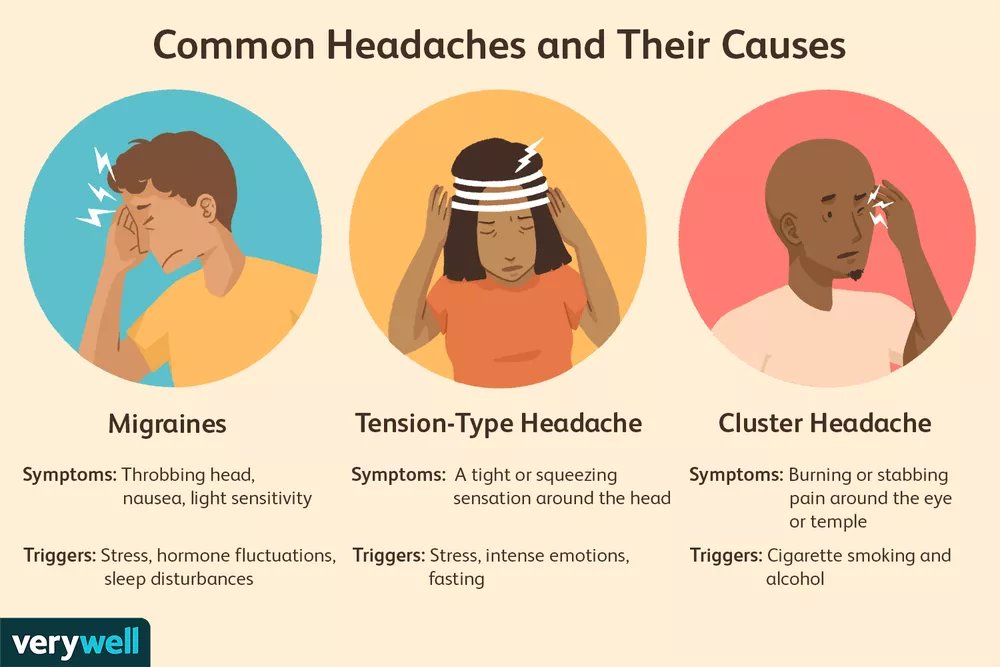 Choices include the blood pressure medicine verapamil (Calan, Covera HS and Verelan) or a short course of a steroid like prednisone.
Choices include the blood pressure medicine verapamil (Calan, Covera HS and Verelan) or a short course of a steroid like prednisone.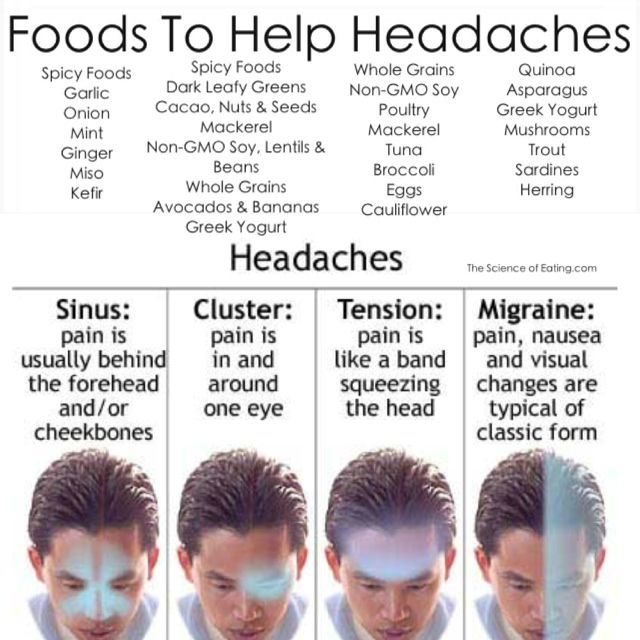
 CBT mixes meditation and relaxation with education in motivation, behavior, and how to handle emotions. With the help of a psychotherapist, you can learn to change negative thoughts and attitudes and the way you respond to stress. Those skills may help you avoid tension-type and migraine headaches.
CBT mixes meditation and relaxation with education in motivation, behavior, and how to handle emotions. With the help of a psychotherapist, you can learn to change negative thoughts and attitudes and the way you respond to stress. Those skills may help you avoid tension-type and migraine headaches. 1 Water
1 Water

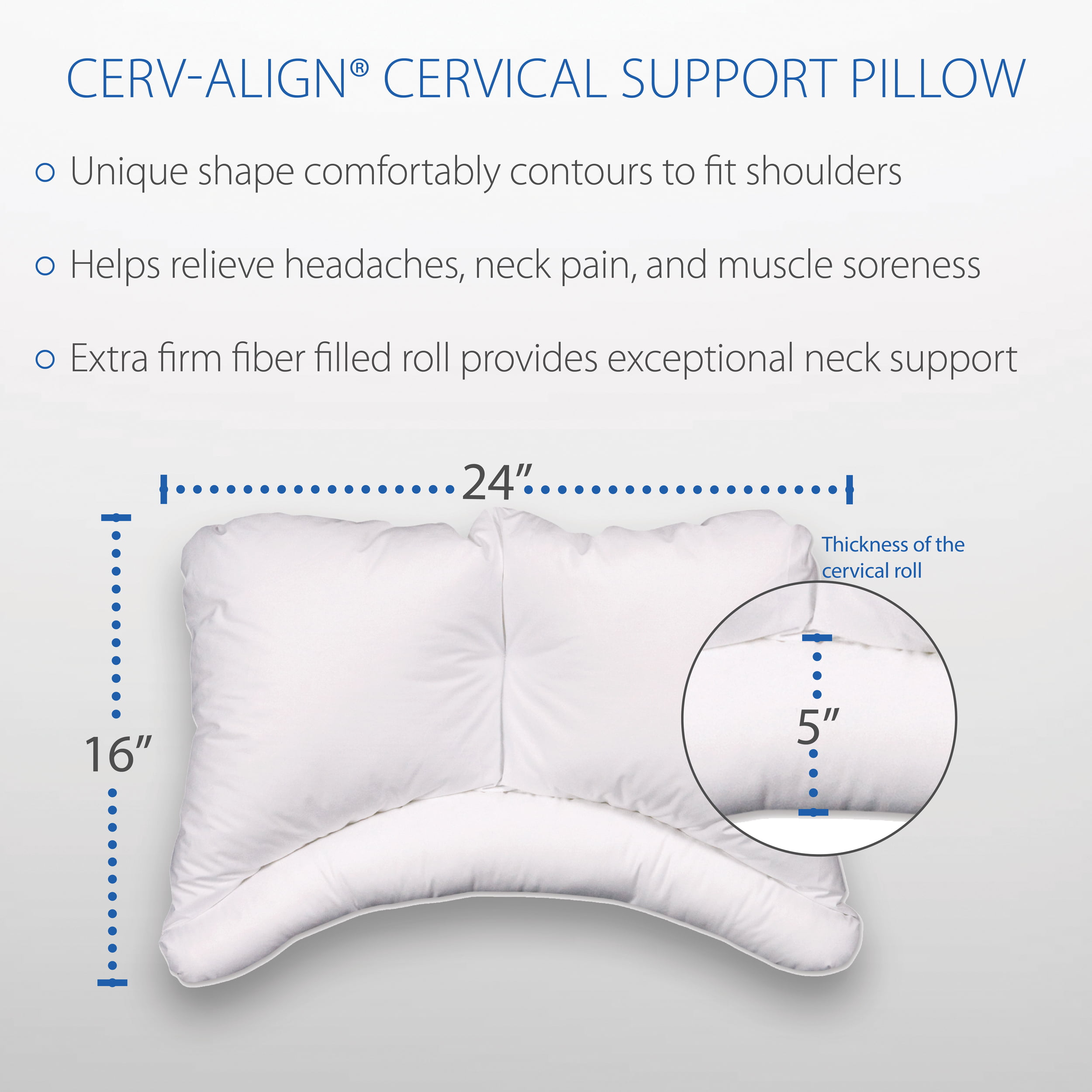 They can be taken at the recommended doses for age. Use only one tablet, and if it does not help, after 2 hours, move on to other methods of treatment.
They can be taken at the recommended doses for age. Use only one tablet, and if it does not help, after 2 hours, move on to other methods of treatment. The main task of this procedure is to relax the deep muscles of this part of the body.
The main task of this procedure is to relax the deep muscles of this part of the body.
